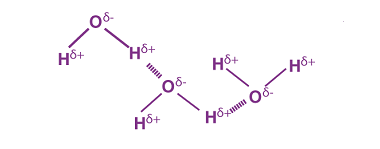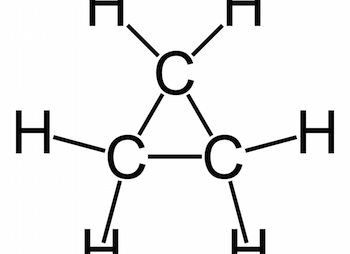Resonance
Resonance refers to the phenomenon in which an object vibrates at its natural frequency in response to a stimulus of the same frequency. In simpler terms, it is the tendency of an object to vibrate or oscillate at a specific frequency when subjected to a force that matches its natural frequency. This can occur in…









